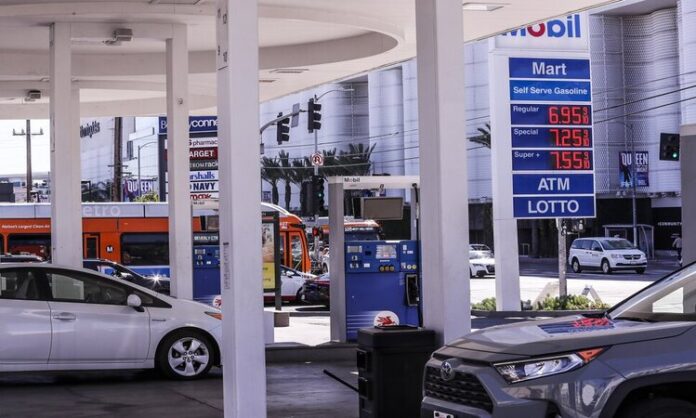
No amount of grumbling about $4 gas prices will change the obvious fact that oil and gas costs will continue to rise. There’s a simple reason for this: current demand exceeds supply. Politicians, customers, and social media trolls all weigh in on why things have come to this, from the Biden administration’s ostensibly anti-energy policies to oil firms’ craven avarice.
However, once the acute economic impact of the coronavirus subsided in 2020, price pressure began to mount, and Vladimir Putin’s invasion of Ukraine two weeks ago was like lighting a match in a can of gas. President Joe Biden’s announcement of a restriction on Russian oil imports on Tuesday will only exacerbate the problem in the short term, as he emphasised in his White House remarks.
However, politics aside, the United States is already the world’s top oil producer and exports oil to other nations. The United States has increased output to roughly 13 million barrels per day prior to the epidemic. Then came the pandemic, and output plummeted to below 10 million barrels per day as wells were shut down and the industry witnessed bankruptcies and layoffs.
When the economic recovery from the epidemic proved to be greater than expected and demand for oil began to return, the oil industry, like most others, was taken off guard. Despite this, output increased swiftly, but it also decreased during periods when coronavirus varieties were discovered and economic activity was hampered. Production had risen to 11.6 million barrels per day as of February, well behind its peak in early 2020 but much above its pandemic-era lows.
However, throughout the interim, Americans had been busy, engaging on a tremendous spending frenzy, flush with cash from being stranded during the pandemic and massive amounts of stimulus from the federal government. They expanded their living quarters, purchased gas-guzzling vehicles, and boats, and began taking to the roadways in droves, despite their phobia of flying.
While overall oil and related product supplies grew 12.3% over the previous week compared to the same period last year, stockpiles are still roughly 13% below their five-year average for this time of year, according to the Energy Information Administration. Imports of crude oil are currently around 10% higher than last year at this time.
However, the industry’s financial difficulties during the pandemic chastened manufacturers. They restructured their operations to move away from debt-fueled growth in the past, rewarding shareholders and pleasing Wall Street with the increased profits. Strict production standards were imposed, and financial discipline was emphasised. Companies were boasting about returns to shareholders and pledging to output increases on the order of 5% per year even before the invasion of Ukraine.
In a mid-February interview with the Financial Times, Devon Energy CEO Rick Muncrief declared, “We have learned our lesson.” Devon is a Wall Street darling. Its stock has climbed from $16 per share to roughly $60 per share currently.
With oil lately trading above $125 a barrel, the question now is whether domestic producers will expand production more than expected, and if so, how quickly, given that bringing new oil to market can take a month or more in good times. And, given supply chain disruptions, personnel shortages, and many unknowns regarding international oil markets, these are not regular times.

















